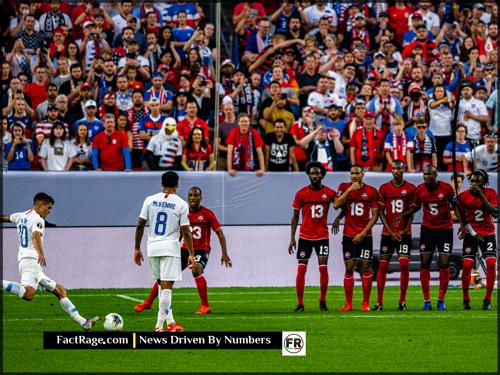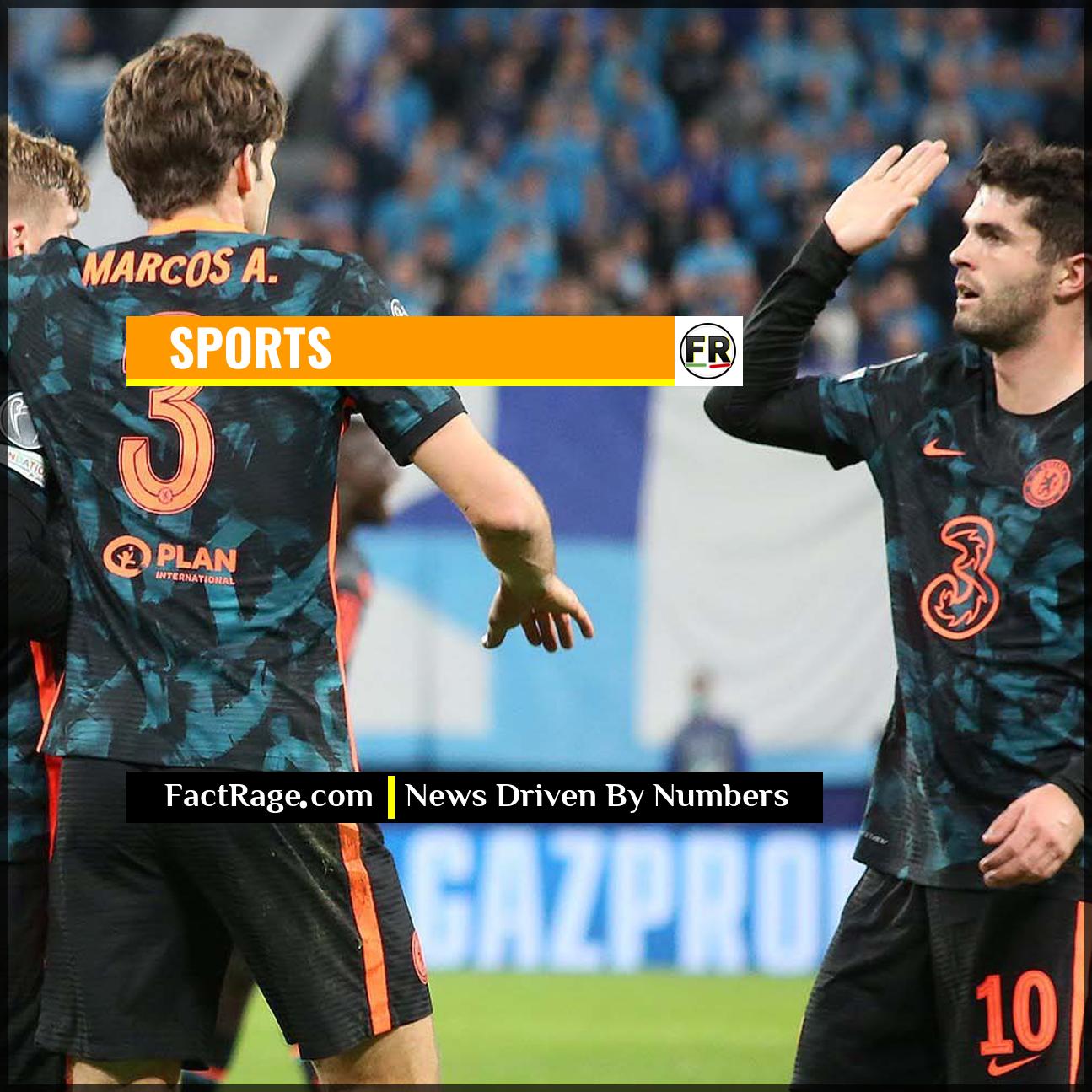NATIONWIDE – As the U.S. Men’s National Team competes in the 2025 CONCACAF Gold Cup, its most recognizable star, Christian Pulisic, is notably absent from the roster, a deliberate decision rooted in long-term strategy rather than immediate need.
- Strategic Preservation – The decision prioritizes resting Pulisic after a demanding European season to ensure his fitness for the more critical 2026 FIFA World Cup cycle.
- Club vs. Country Dynamics – Pulisic’s absence reflects a balance of power between U.S. Soccer and his club, AC Milan, which has a significant interest in protecting its high-value player from fatigue and injury.
- Roster Development – Holding Pulisic out creates a crucial opportunity for the coaching staff to evaluate other players in high-pressure situations, building roster depth for future competitions.
The absence of a healthy star player from a championship tournament often raises questions. In this case, the answers reveal the intricate politics, financial calculations, and strategic foresight that govern modern international soccer.
A Note From Ben: The Policy Behind the Play
![]() When a star player is missing from a major tournament, the decision is rarely just about a single game. It’s a policy choice, forged by the competing interests of a national federation and a powerful club, a complex financial risk assessment, and long-term strategic goals. The Pulisic situation is a masterclass in the ‘inside baseball’ of sports governance, where the real victory is planned years in advance.
When a star player is missing from a major tournament, the decision is rarely just about a single game. It’s a policy choice, forged by the competing interests of a national federation and a powerful club, a complex financial risk assessment, and long-term strategic goals. The Pulisic situation is a masterclass in the ‘inside baseball’ of sports governance, where the real victory is planned years in advance.
Read On…
Here, we decode the strategic framework that explains why resting a star player is sometimes the smartest play an organization can make.
What’s the True Cost of Fielding a Star?

For a player of Christian Pulisic’s caliber, his value is measured in more than just goals and assists. He is a major financial asset to his club, AC Milan, which commands his multimillion-dollar salary and holds his transfer rights, estimated to be worth tens of millions of euros. For U.S. Soccer, he is the face of the men’s program, driving ticket sales, merchandise, and television ratings.
This dual-ownership of a player’s career creates a complex political dynamic. While national federations can call up players for official FIFA competition windows, a constant negotiation occurs behind the scenes. Clubs, as the primary employers, advocate for managing a player’s workload to mitigate the risk of injury. An injury to Pulisic in the Gold Cup would be a catastrophic blow to AC Milan’s season and a significant devaluation of their asset, all while they continue to pay his salary. For U.S. Soccer, risking their most important player in a regional tournament is a gamble with limited upside compared to the potential downside.
Why This Tournament is a Calculated Risk
Not all international trophies carry the same weight. The FIFA World Cup is the undisputed pinnacle of the sport, and qualifying for it is the primary objective for every national team. In recent years, the CONCACAF Nations League has also grown in prestige. The Gold Cup, while the championship for North America, Central America, and the Caribbean, is often used strategically, especially in the year preceding a World Cup.
For the USMNT, the 2025 Gold Cup is a proving ground. Winning it is a goal, but it is secondary to the larger mission: preparing a team capable of a deep run in the 2026 World Cup, which will be held on home soil. This context changes the cost-benefit analysis entirely. The federation can afford to field a roster that is less experienced or missing a few top stars if the trade-off is the long-term health of its core players and the development of new ones. It is a calculated decision to treat the tournament as a high-level development opportunity rather than a must-win-at-all-costs event.
How One Player’s Absence Creates Opportunity for Many
The structure of a team often revolves around its best player. When Pulisic is on the field, the tactical approach is naturally built to maximize his impact. His absence, while a loss in terms of individual talent, forces a strategic shift that can yield long-term benefits. It compels other players to assume leadership roles and become primary offensive threats.
This scenario provides USMNT coaching staff with an invaluable dataset. Who can perform when the team’s primary star isn’t there to draw defensive attention? Which players can handle the pressure of being the go-to option in a decisive moment? Answering these questions during the Gold Cup is critical to building a resilient 23-man roster for the World Cup. Identifying one or two more players who can be relied upon in 2026 is a far greater strategic victory than winning a 2025 Gold Cup title with a fatigued superstar. The decision is a clear signal that U.S. Soccer is playing the long game.
The Long Game: Policy Over Points
![]() In the end, leaving Christian Pulisic off the Gold Cup roster is a clear policy decision, not a personnel one. It demonstrates a strategic maturity within U.S. Soccer, balancing the political demands of a European club with the long-term objective of the 2026 World Cup. Understanding this move is to understand how power and strategy operate behind the scenes, turning a simple roster choice into a complex political equation where the ultimate victory is planned years in advance.
In the end, leaving Christian Pulisic off the Gold Cup roster is a clear policy decision, not a personnel one. It demonstrates a strategic maturity within U.S. Soccer, balancing the political demands of a European club with the long-term objective of the 2026 World Cup. Understanding this move is to understand how power and strategy operate behind the scenes, turning a simple roster choice into a complex political equation where the ultimate victory is planned years in advance.














